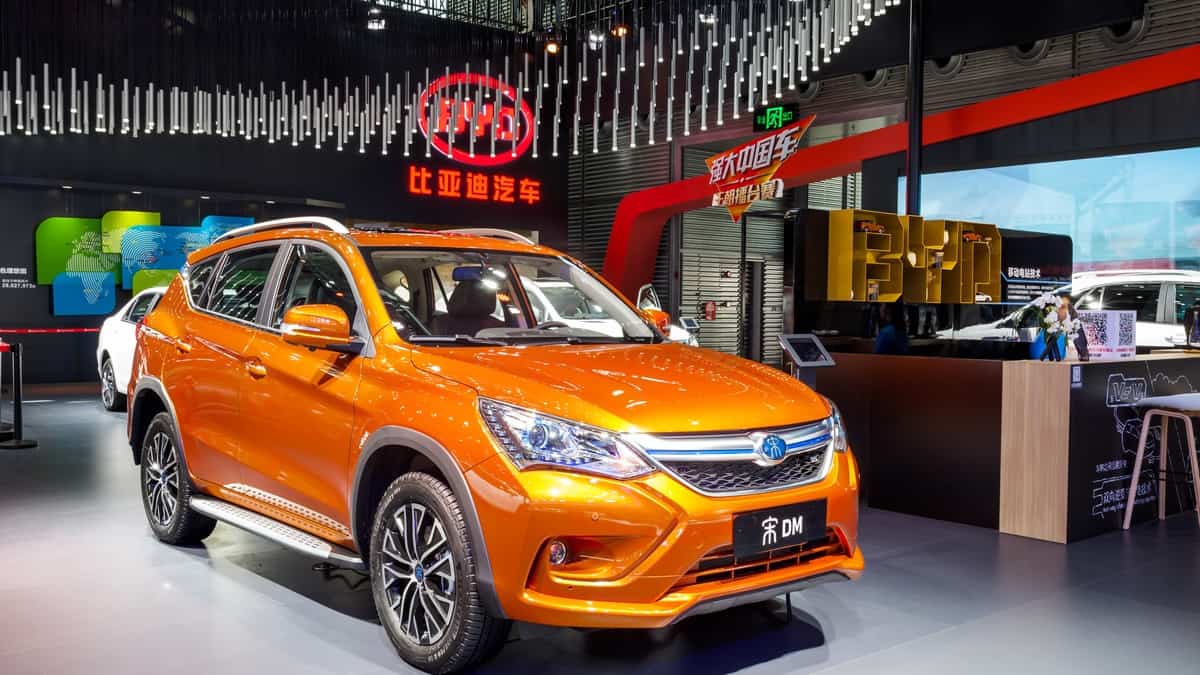Chinese automakers will dominate 33% of the global automotive market by the end of the decade, according to estimates from consulting firm AlixPartners on Thursday.
Global market share forecasts for Chinese automakers
Chinese automakers’ dominance beyond their home turf will continue in the coming years, potentially reaching a 33% global automotive market share by 2030.
It is indeed a notable increase from the 21% global market share projection in 2024, with sales expected to surge from 3 million this year to 9 million by the end of the decade.
Presented below are AlixPartners’ global market share forecasts for Chinese automakers:
| Market | 2024 Market Share | 2030 Market Share |
| Global | 21% | 33% |
| Outside China | 3% | 13% |
| China | 59% | 72% |
| South + Southeast Asia | 3% | 31% |
| Japan + South Korea | 0% | 1% |
| Russia | 33% | 69% |
| Middle East + Africa | 8% | 39% |
| Europe | 6% | 12% |
| North America | 1% | 3% |
| Central + South America | 7% | 28% |
Source: Alix Partners
As you can observe in the table above, AlixPartners expects Chinese automakers to continuously expand across all markets in the world.
However, it projects a smaller growth rate in Japan and North America, especially in the United States. It is not surprising, considering that the US currently imposes stricter safety vehicle standards and a 100% tariff on Chinese electric vehicle imports.
In China, Chinese players’ market share will increase from 59% to 72% by 2030. Legacy automakers like General Motors have suffered notable market share declines in recent history amid the rapid growth of Chinese rivals like BYD, NIO, and XPeng, among others.
“China is the industry’s new disruptor – capable of creating must-have vehicles that are faster to market, cheaper to buy, advanced on tech and design, and more efficient to build.”
Mark Wakefield, global co-leader of the automotive and industrial practice at AlixPartners
Chinese automakers’ advantages over rivals
Chinese automotive players dominate the global market due to their cost advantages, localized production strategies, and high technologies.
Chine-made vehicles benefit from localized production, enabling them to reduce manufacturing costs, speed up production, and benefit from government incentives.
Their innovative technologies also enable these lower-cost models to meet the varying and evolving preferences of global buyers when it comes to vehicle design and performance.
“Automakers expecting to continue operating under business-as-usual principles are in for more than just a rude awakening – they are headed for obsolescence.”
Andrew Bergbaum, global co-leader of the automotive and industrial practice at AlixPartners
Traditional automakers face stiff competition in coming years
Chinese automakers’ unstoppable growth continues to be a major threat to legacy automakers and politicians across the world.
Many industry players worry that low-cost Chinese vehicles will swamp the global market. They undercut locally produced products, particularly battery-electric vehicles.
In addition, Chinese electric automakers produce new offerings in half the time it takes legacy automakers: 40 months vs. 20 months. They manage to do this by simply developing the vehicles to meet standards instead of overengineering them.
They also boast a 35% “Made-in-China” cost advantage. All that said, legacy automakers must reevaluate their vehicle development and production strategies to remain competitive against low-cost Chinese models.

